Repelling bears for me isn’t a hobby; it’s a full-time job. If I don’t keep all the bears away, my dogs or I will blunder into one in the inky black woods we live in.
The 4-6 bears that routinely live on my property have pooped outside my bedroom window and torn holes in chicken coops and duck pens. Then, they climbed up my back porch and stared at my suddenly mute English Mastiffs through their sliding glass door.
I have a ton of bears on gamer camera photos, getting their picture taken within minutes of mine being taken. They know I’m here; I know they are here. Repelling bears is an everyday requirement for me. A job I had to learn, blow money on, and finally learn how to do effectively and cheaply.
I hope you benefit from experiences while you learn how to repel bears.
Related: How to hunt black bears as a beginner.
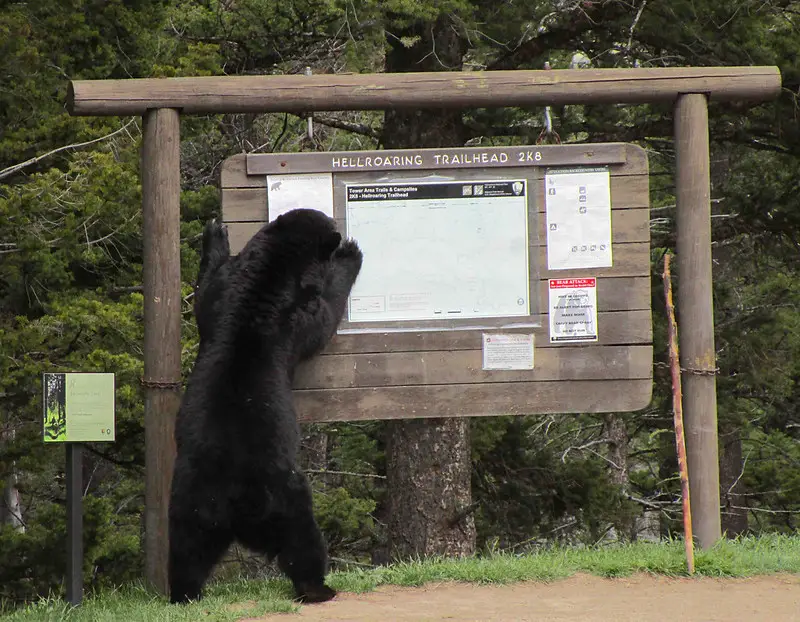
Repelling bears by removing the reason for their visits.
The first thing you must understand about repelling bears is why they would be willing to come anywhere near you. Bears loath humans, and when they catch wind of you, they quickly hustle off into the deep stuff.
So, are you sure there are bears coming near your home or garden? If you found poop, was it bear poop?
If you have proof a bear is visiting your home or garden, there is only one reason: food is available. And by food, I don’t necessarily mean you or your dogs. Yes, even black bears can be dangerous, but your and your mutts are not on their daily diet plan. Instead, they are after your trash, dog food, and garden fruits.
Get rid of the food source, and you will have achieved the ultimate goal of repelling bears.
Related: How to track a black bear.
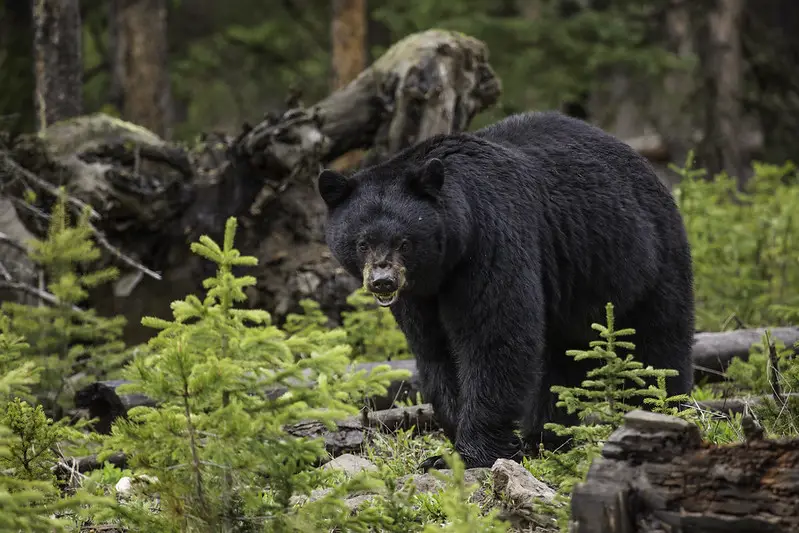
Repelling bears: Know thy (potential) enemy.
Since most of my readers living in the United States will be dealing with black bears, that’s what I will focus on in this article about repelling bears. Also, I’ve never seen a brown bear or a grizzly, so there’s that! I mean, just a bit of honesty before continuing, eh?
So, what is a black bear? Or, more importantly, how does the black bear view its world?
The most common black bear myth is that black bears have poor vision. However, even most bear hunters do not realize bears can see nearly as well as they do in daylight, have color vision, and at night their vision is far superior to human night vision.
Many rural folks have noticed that bears who spot them do not always immediately flee. Instead, they stare at us and sometimes move their heads up and down or side to side. Sometimes they stand on their hind legs and sniff the air.
And many times, the bear will not react at all.
Bears do not always run away upon seeing movement for one reason; bears are predators. Movement could equal prey. So, a black bear is willing to spend time investigating (staring at you) and incorporating other senses (like sniffing the air) to determine if you are something it can eat before it decides you are a potential threat.
At night, when you encounter a black bear, you should immediately turn yourself into the largest (hand waving overhead), loudest (screaming) nightmare possible. If it’s too close, deploy that bear spray. If it attacks you (black bear, folks), beat the ever-living shit out of it.
Related: The four best black bear hunting tips.
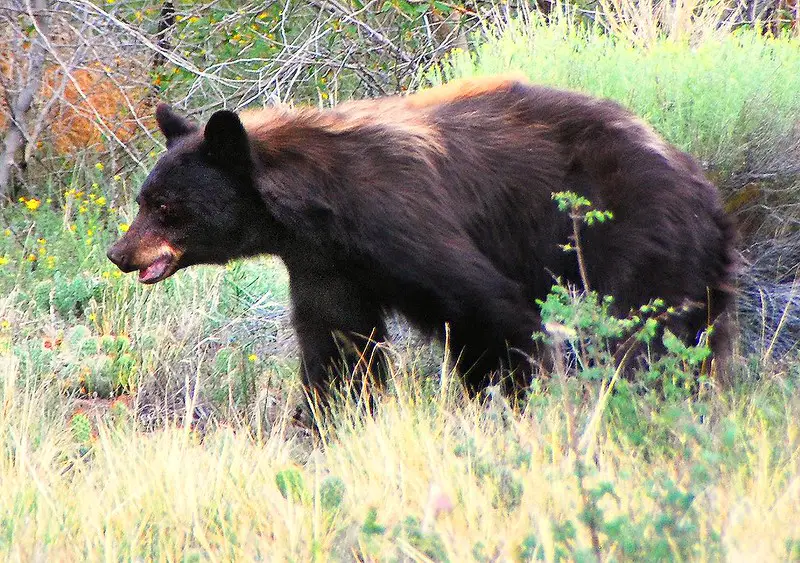
Repel bears by defeating their noses.
Since we know the aroma of your garbage, left outside dog food, and garden and what’s drawing bears toward your home, garden, or campsite, let’s look at the bear’s nose and learn how to defeat it.
Or even, use its sense of smell to keep it away.
Black bears (recall my admission that this is the type of bear I am familiar with) use their sense of smell as their primary means of detecting food and potential threats (such as a wildfire).
This makes sense (sorry)for obvious reasons. Take the size of a black bear’s nose. The bear’s nasal mucosa (nasal cavity) is roughly 100 times the size of yours. While the nasal cavity serves to warm and humidify the air you breathe and keep harmful microbes out—it’s also where the olfactory region is located.
The black bear’s nasal cavity is so large, that few animals, including dogs, have a better sense of smell.
Just how good a black bear’s sense of smell is has somewhat confounded even the experts. However, all agree a black bear can detect the odor of a food source at least a mile away. A few researchers and hunters think a black bear can detect food odors even further away—with estimates ranging from 2-18 miles!
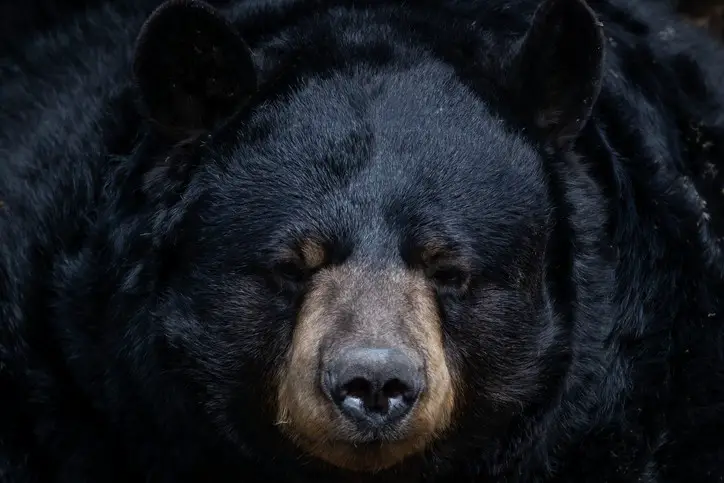
Now we know he likes food odors, but is there a smell he will stay the hell away from? I’ve tried skunk essence—the nuclear weapon of animal deterrents. But, apart from the visual presence of a skunk, it doesn’t work. Instead, even my dogs sought to roll around it—landing me in great familial trouble.
After some serious testing, I can tell you no scent acts as a bear deterrent. So instead, I recommend using bleach and ammonia to remove the smell of food from garbage pails. Anything else is money down the drain.
Bear learn from bad experiences, so give them one when trying to repel bears.
Give a bear a bad scare, and he is permanently out of there. On the other hand, a bear learns fast and avoids any scenario that gives them flashbacks. Here, you can use a bear’s ability to learn as a bear repellent.
A bear sow (female) with cubs will not bring them back into an area of known danger. Likewise, a boar (male) will remember and refrain from entering a place where a threat consistently materializes.
If you have seen the bear causing you grief, your best bet is to create a bear repelling scene that directly targets the sex of the bear bothering you.
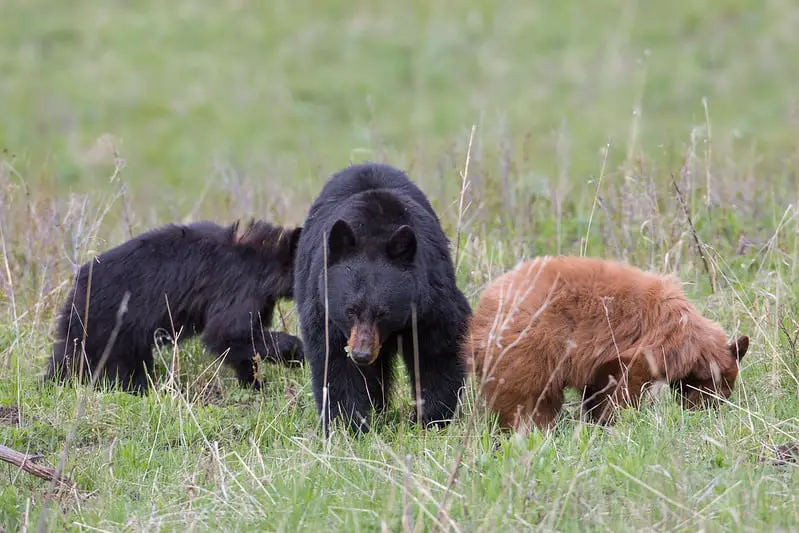
How to identify a bear’s sex and use it as a bear repellent.
You’ll sometimes get a break and make easy identification of a black bear’s sex. A bear accompanied by cubs is a sow. A bear that gives you a good look at its rear might have a visible set of testicles. look at it’s rear, might have a visible set of testicles.
But for every other situation, you’ll have to rely on a few other clues to make a successful identification.
To identify a bear’s sex, learn what a boar looks like. Boars are square-shaped, with heavy, drooping bellies and shoulders that stand above their rears, and a boar’s legs are broad and thick right to their feet. Boars have large and often scarred heads with a crease down the middle of the forehead.
If you have seen more than one bear at a time, that is a sow with cubs. She can be driven off by barking dogs and unexpected loud noises.
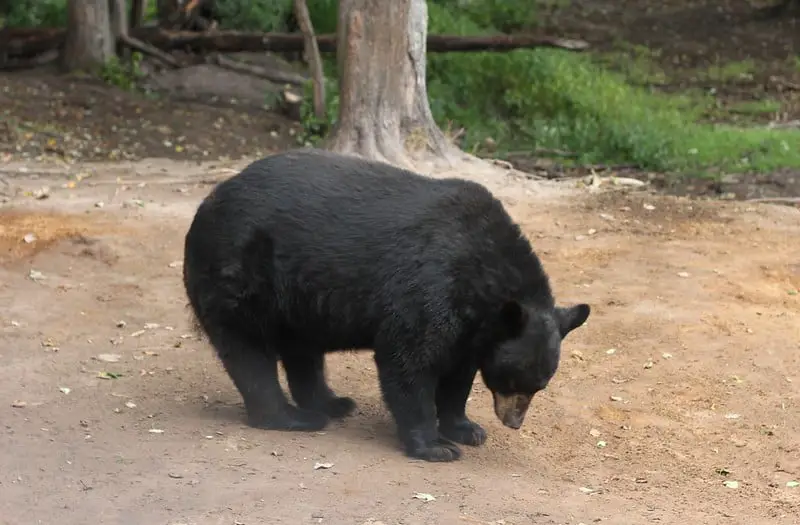
Boars hate talk radio (NPR, sports talk, old-time mystery shows). The human voice is scary for any bear, especially the males. You can, especially while camping, leave a radio playing all night long, but make sure it isn’t a music station. You want people talking to create an aural barrier between you and the bears.
Related: How to tell a sow from a boar: Black bears.
Repelling bears using electronic devices.
Your fire, radio, and locked-up food at a campsite should be more than enough to act as a bear repellent. However, keep that bear spray handy, just in case. At home, electronic devices will work for a while. However, if no negative stimuli exist, a bear will eventually disregard these devices.
A good way to initially startle a bear is to use alarm clocks, motion activated garden sprayers, and flashing lights.
When using alarm clocks, you’ll need a few set to go at different times through the hours you are not present or sleeping. For example, motion-activated garden hose sprayers can be set and forgotten about (unless you are on a well). Likewise, flashing lights are perfect and automatically turn off and on.
However, even the best devices won’t work for long, especially if you sleep through them. So no matter what bear repelling device you use, you need to step in and up the ante at some points, or the bears will just start ignoring them.
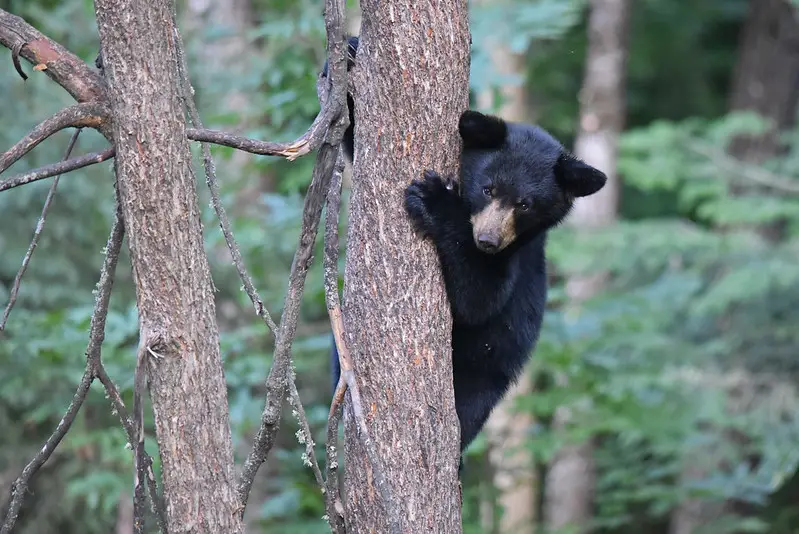
How good are you at repelling bears.
Eventually, it may come down to what you do that repels bears. You can spray them with bear spray, but liberally soaking the land around your home won’t work. Even the fiercest bear spray dissipates too quickly to be an effective barrier for long.
You can build fences, but bears are tree climbers, and a chain-link fence or even a vinyl or wood fence won’t keep a bear out. And, if a bear has to, it will quickly use its massive forelimbs to tunnel a hole under anything with a roof.
If you can’t keep your garbage inside or in a shed or garage with no opening less than an inch around the floor, you may have to take drastic measures to repel bears.
Repelling bears using drastic measures.
When I say repelling bears using drastic measures I mean hurting them or killing them.
The best drastic measure is an electric fence. Although you can buy portable electric fences to protect gardens, livestock, and bee hives from bears, they can be expensive. It also requires knowledge of local regulations and the need to closely follow the manufacturer’s instructions to ensure the fence works.
A regular, full-sized electric fence may be required instead of a portable one. But, in this case, at least rest easy knowing this was your best and only solution, short of killing trespassing bears as a means of repelling bears.
Unwelcome Mats. Unwelcome mats are small mats (like welcome mats) placed in front of your front door or other possible bear entry points. They are designed to cause pain when a bear walks on them (often using precisely placed nail heads that do not penetrate a bear’s paws).
The problem with unwelcome mates is nobody in their right mind sells them. Instead, everyone tells you to make one—an unbelievably tricky chore.
At least one company makes electric bear unwelcome makes as a bear repelling product. I’ll let you peruse their website for more information.
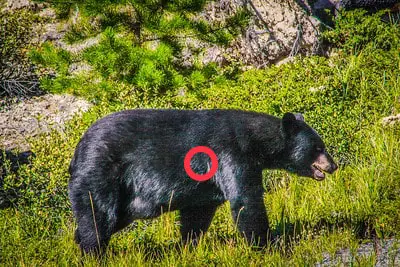
Related: How to call in a bear during the fall.
When every trick for repelling bears fails.
When repelling bears fails and life or property are at stake, consult your local wildlife authorities. You may be legally able to employ fatal measures to repel bears on your property.
Where legally able, you should first know how to kill a bear—especially in an emergency. The best place to shoot a bear is:
The best place to shoot a bear is in the lungs with a shot that will pass through the entire chest cavity. With the bear facing broadside, wait for the leg facing to extend forward, then aim for a point in the middle of the body, behind the shoulder, and centered on the opposite leg.
There are three benefits to waiting for a taking this shot.
- The bear’s heart is exposed, meaning you could damage it and both lungs at the same time. This will lead to a “dead right there” (DRT) bear.
- Destruction of the lungs eliminates any chance of the bear escaping any significant distance away from you.
- As the shot passes through the bear’s chest cavity, it creates an entry and exit wound. Both wounds will make blood trailing the bear easier, even if you fail to damage the lungs.
Related: Bear tastes pretty good, so how much meat can your get from a bear?
Repelling bears: Conclusion.
Lock up the garbage and keep the scent of food down; the bear’s visiting you for only for a free meal.


